5 Great Places to Buy a Vacation Home
Vacation homes under $500K with low climate risk? We've got you covered.

Ellen B. Kennedy
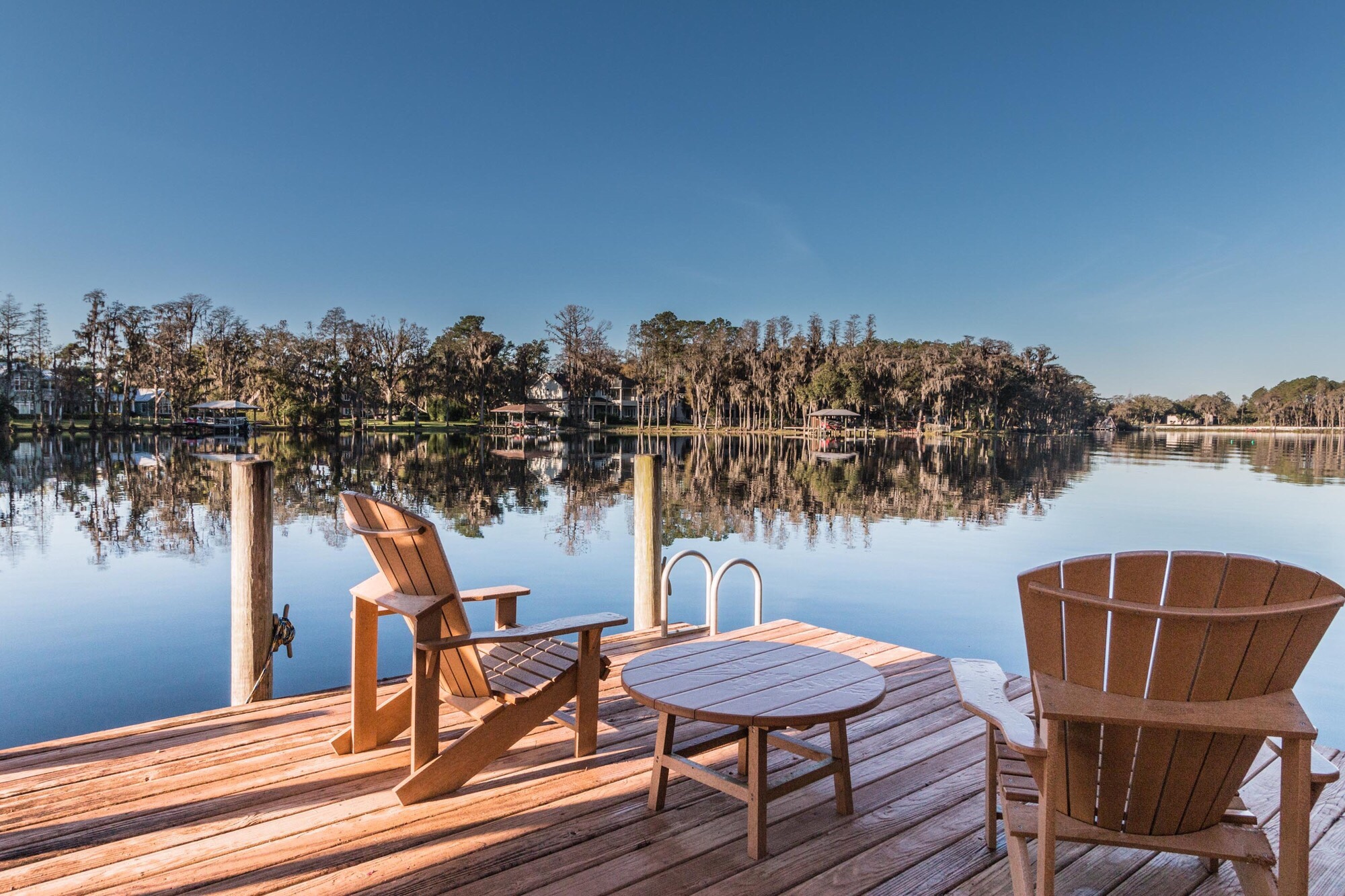
The prospect of buying a vacation home is still alluring, but trickier to pull off than just a couple of years ago. While mortgage rates have recently declined, they remain above the historic lows of the pandemic era — and inventory is still tight.
There’s been plenty of change for homebuyers to contend with in recent years. For example, during the pandemic, soaring home prices drove many people to move interstate. That same period also coincided with a surge in natural disasters such as forest fires, mudslides and flooding, which made some vacation destinations less appealing.
To help vacation homebuyers, we’ve highlighted five spots around the country to suit varied tastes, featuring seaside towns with sandy beaches, mountain getaways for hikers, skiers and snowboarders, and lake retreats for boating enthusiasts.
You might have a shot of snagging an affordable home in one of these locations, based on inventory and price data from Realtor.com. As of September, homes listed for sale in each county represented had a median price of no more than $500,000.
Finally, always keep in mind that severe weather can impact your purchase, and for properties in highly vulnerable communities, it may be harder to get affordable insurance.
Okay, let’s get into our top picks.
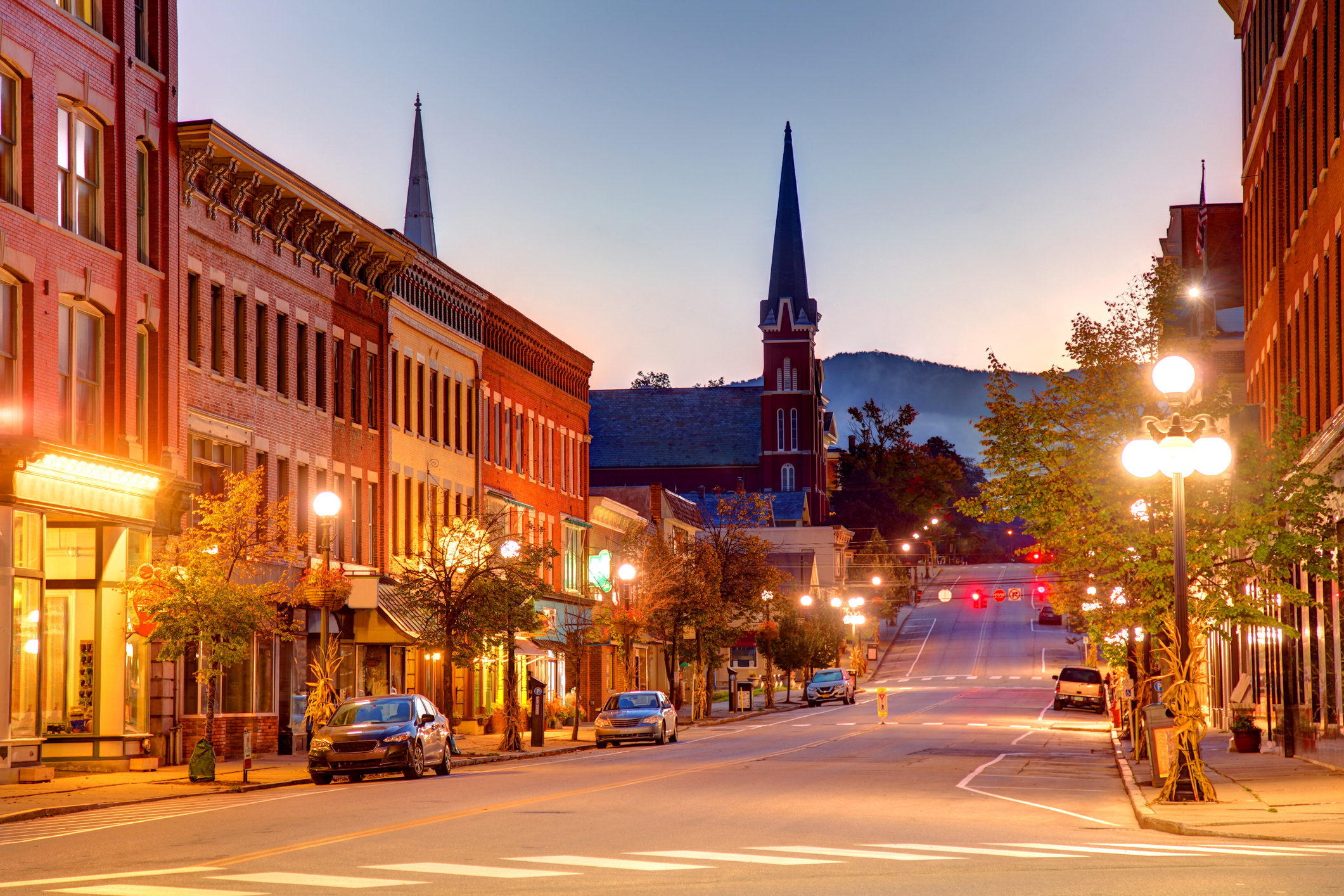
Rutland County, Vermont
- County: Rutland
- August 2025 median list price: $420,000
- July 2025 median list price: $437,450
- March 2024 median list price: $390,000
- March 2023 median list price: $275,000
If it’s charm and the great outdoors you crave, look to Vermont. Rutland County's median list price has been ticking up but it still comes in at just under $450K.
The county is home to many great attractions. Firstly, the Killington Ski Resort offers skiing, snowboarding and mountain biking. The resort also hosts an annual “Dazed and Defrosted” spring festival. Then there's the Appalachian Trail, which passes close to breathtaking Killington Peak. Local adventure companies also offer highly-rated kayaking and hiking trips.
Nearby are the Green Mountains, a climbing gym and the Wonderfeet Kids' Museum. There’s plenty of cultural entertainment too, with theaters, the Norman Rockwell Museum, art galleries and Middlebury College just up the road.
Riskfactor says Rutland County only has "moderate" flood risk, but keep in mind that parts of the county were affected by a massive flood event in July 2023. If you drill down to specific properties, you may find that some have extreme flooding risk, while others have minimal risk.
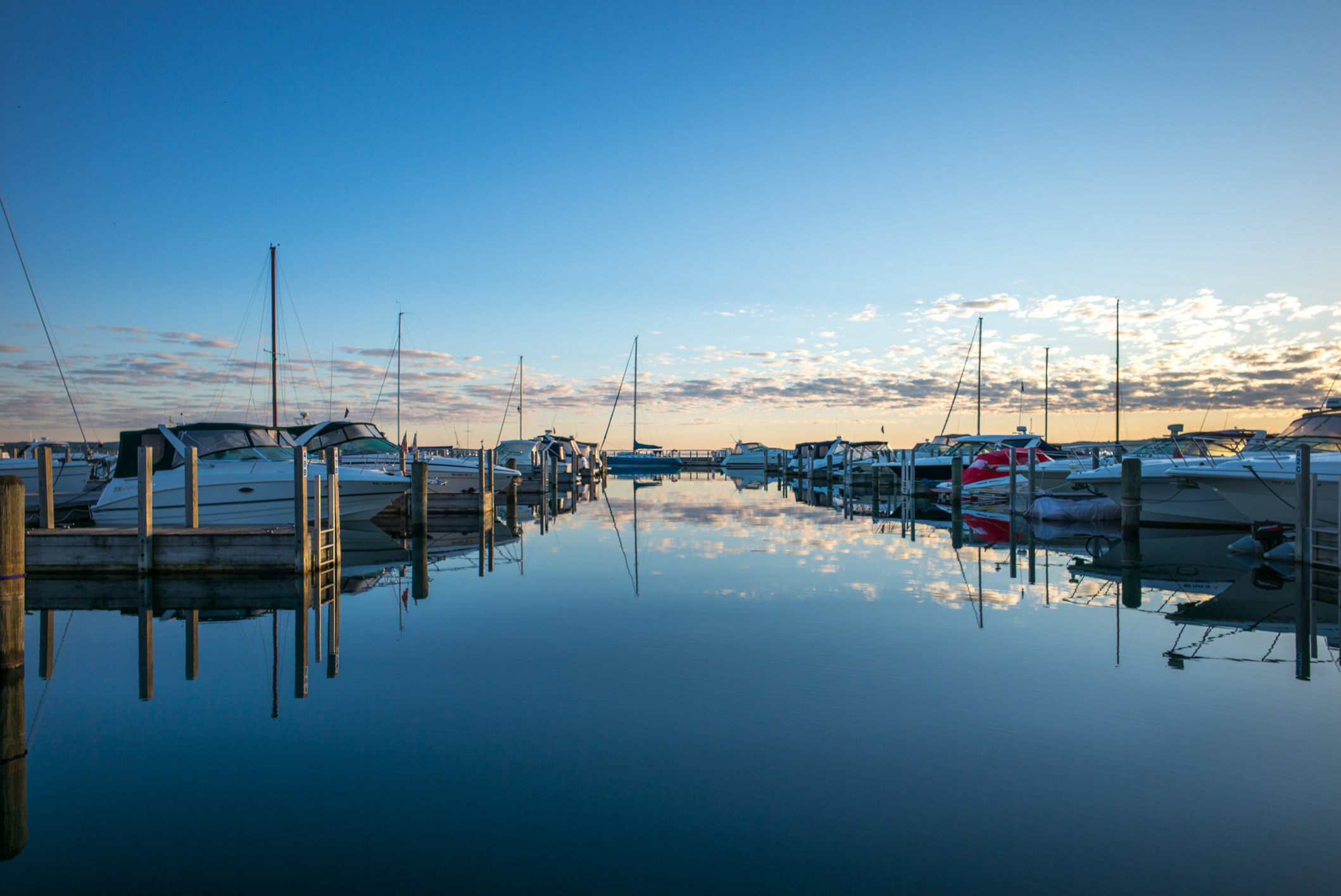
Traverse City, Michigan
- County: Grand Traverse
- August 2025 median list price: $499,900
- July 2025 median list price: $499,675
- March 2024 median list price: $449,00
- July 2023 median list price: $487,000
At the head of Grand Traverse Bay, Traverse City is the place to take in natural beauty, small-town charm and sun-soaked beach days. There are wine tours in the summer, colorful foliage and festivals in the fall, and a moderate climate that means a low risk of hurricanes, wildfires or flooding. So, it's a safer investment but also one with more stable and affordable insurance options.
The real estate scene is inviting, offering cozy cottages, rustic cabins and lakefront homes, many with strong short-term rental demand thanks to year-round tourism. There are also plenty of visitors to the region for its outdoor fun—boating, fishing, paddleboarding and swimming. Warmer months bring hikers to Sleeping Bear Dunes, while winter skiers enjoy downhill and cross-country runs.
The cultural scene is rich too, with events such as the Cherry Festival and Traverse City Film Festival, as well as a thriving downtown full of shops, restaurants and galleries.
The city is also convenient with Cherry Capital Airport nearby. Traverse City is worth a look given its robust second-home community that attracts both vacationers and savvy property owners.
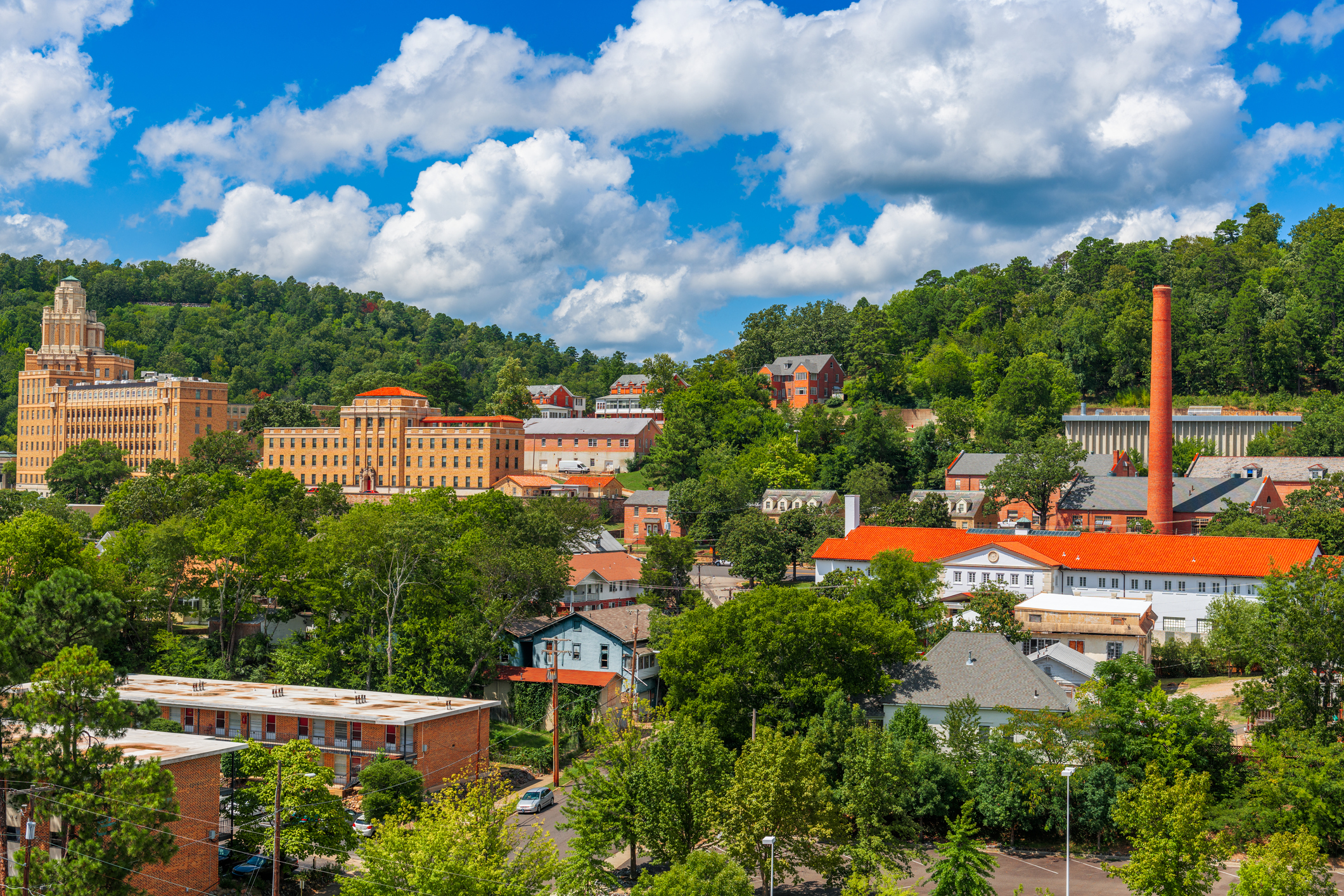
Hot Springs, Arkansas
- County: Garland
- August 2025 median list price: $339,900
- July 2025 median list price: $345,900
- April 2024 median list price: $362,450
- March 2023 median list price: $325,000
Nestled in the Ouachita Mountains, Hot Springs was founded as a spa town in the 1850s. Much of the focus on relaxation and natural beauty remains. This city’s main attraction is the Hot Springs National Park, where you can still soak in the thermal waters in original bathhouses built in the early 1900s.
Kids will enjoy the nearby Mid-America Science Museum, mini-golf, an adventure park and swimming in lakes. Hot Springs also has an art scene, with many galleries, artisans and a community theater. One important note: property-related crime rates have been ticking up in the city, so be sure to research neighborhood safety before buying a home.
Explore some of today's best mortgage offers with the tool below, powered by Bankrate.
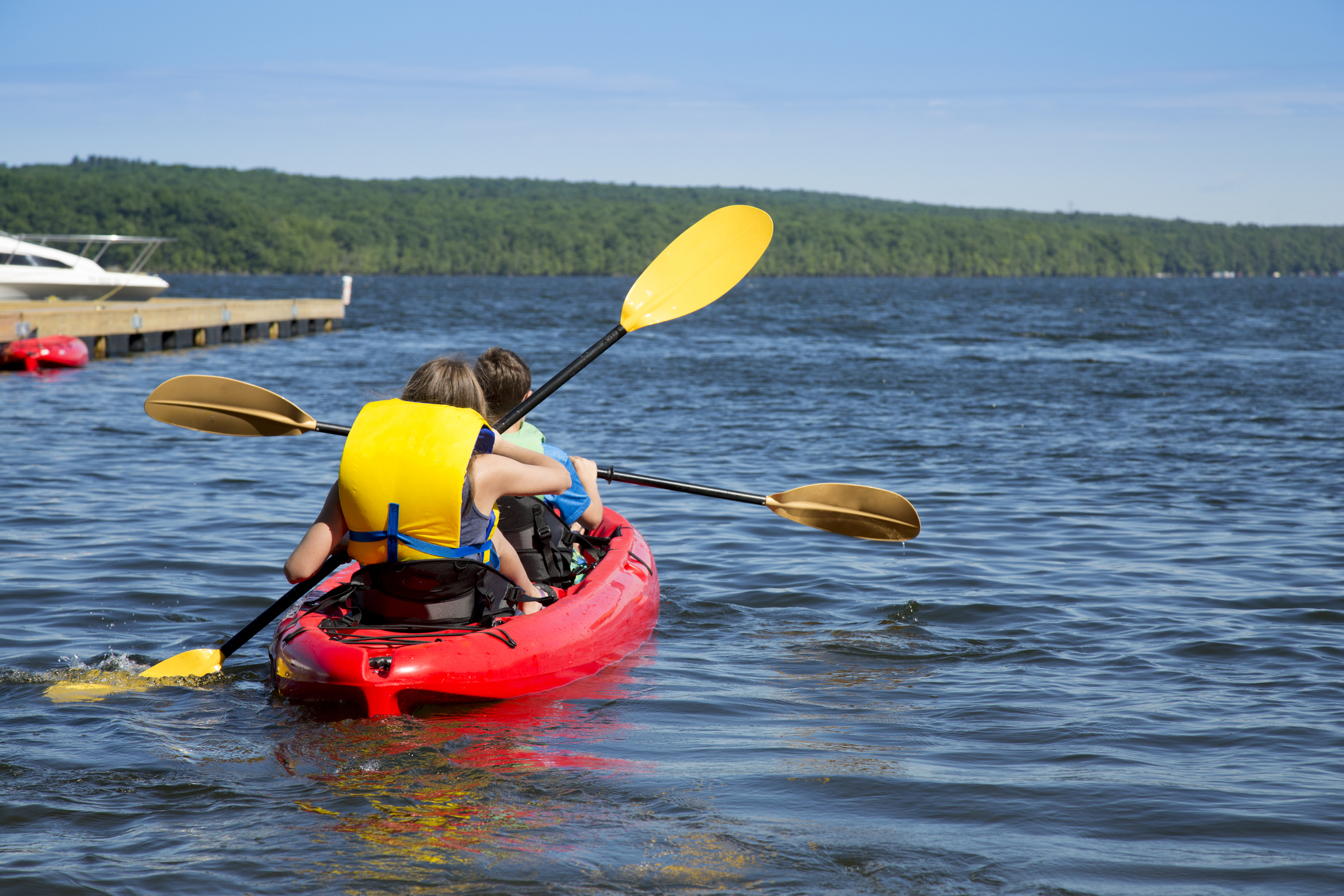
The Pocono Mountains
- Counties: Monroe, Pike and Wayne, Pennsylvania
- August 2025 median list price: $365,250
- July 2025 median list price: $368,950
- March 2024 median list price: $349,000
- March 2023 median list price: $342,250
You can ski, hike, fish and boat to your heart's content in the Pocono Mountains. This getaway is close to New York City and Philadelphia and draws some 28 million visitors each year. Skiers and snowboarders can choose from more than 185 hills and trails, ranging from bunny slopes to double black diamonds. Or try out other winter activities, such as snow tubing, cross-country skiing and snowmobiling.
In warmer months, tee off at any of the region’s many golf courses, which offer plenty of scenery. Take the kids to mini golf mini golf or laser tag, drive go-karts, or splash down water slides at one of the area’s family entertainment centers.

San Antonio, Texas
- County: Bexar
- August 2025 median list price: $299,500
- July 2025 median list price: $300,000
- March 2024 median list price: $306,000
- March 2023 median list price: $308,200
If your idea of vacation is more urban but still close to nature, San Antonio is for you. This vibrant, growing city is known for its food, nearby national parks and the Alamo.
Over three centuries, the city has been home to Indigenous, Mexican and European residents, creating a unique culture. To start with, San Antonio is a UNESCO Creative City of Gastronomy where you can enjoy the best of Tex-Mex, Mexican, barbecue and many other cuisines. The Historic Market showcases Mexican music, art and food, while the famed River Walk acts as a gathering place to dine and listen to live music.
There are plenty of sights. Families enjoy exploring old Spanish missions as well as natural bridge caverns, the Japanese tea garden, Sea World and the San Antonio Zoo. Plus, the beach town of Corpus Christi is a two-hour drive from San Antonio, while Austin is about an hour away.
San Antonio recently tightened regulations on short-term rentals, so be sure to talk to a knowledgeable realtor if you intend to rent your home on a platform like Airbnb.
Methodology
Selections prioritize locations with median home prices under $500K, low climate risk (based on RiskFactor/Climate Check), accessible insurance markets and appealing recreational or cultural amenities.
Locations excluded if any key risk (e.g., extreme flooding or severe wind) outweighs benefits, unless significant mitigation measures are present.
Profit and prosper with the best of Kiplinger's advice on investing, taxes, retirement, personal finance and much more. Delivered daily. Enter your email in the box and click Sign Me Up.

Brittany Leitner is a freelance journalist with over 10 years of experience in lifestyle, health, and more. She received a Digital Health Award for her reporting in 2019 as well as numerous awards for her work in poetry. She previously held positions as senior editor at Elite Daily and managing editor at The Dr. Oz Show. Follow her online @britariail.
- Ellen B. KennedyRetirement Editor, Kiplinger.com
-
 Dow Hits a Record High After December Jobs Report: Stock Market Today
Dow Hits a Record High After December Jobs Report: Stock Market TodayThe S&P 500 also closed the week at its highest level on record, thanks to strong gains for Intel and Vistra.
-
 Is Home Insurance Tax Deductible?
Is Home Insurance Tax Deductible?With home insurance rates on the rise, you might be hoping to at least claim the cost as a tax deduction. Here's what you need to know ahead of tax season.
-
 The December Jobs Report Is Out. Here's What It Means for the Next Fed Meeting
The December Jobs Report Is Out. Here's What It Means for the Next Fed MeetingThe December jobs report signaled a sluggish labor market, but it's not weak enough for the Fed to cut rates later this month.
-
 4 Simple Money Targets to Aim for in 2026 (And How to Hit Them), From a Financial Planner
4 Simple Money Targets to Aim for in 2026 (And How to Hit Them), From a Financial PlannerWhile January is the perfect time to strengthen your financial well-being, you're more likely to succeed if you set realistic goals and work with a partner.
-
 How to Be a Smart Insurance Shopper: The Price Might Be Right, But the Coverage Might Not Be
How to Be a Smart Insurance Shopper: The Price Might Be Right, But the Coverage Might Not BeChoosing the cheapest policy could cost you when you have a loss. You'll get the best results if you focus on the right coverage with the help of a good agent.
-
 Is Your Emergency Fund Running Low? Here's How to Bulk It Back Up
Is Your Emergency Fund Running Low? Here's How to Bulk It Back UpIf you're struggling right now, you're not alone. Here's how you can identify financial issues, implement a budget and prioritize rebuilding your emergency fund.
-
 My First $1 Million: Semiretired CPA, 68, San Francisco
My First $1 Million: Semiretired CPA, 68, San FranciscoEver wonder how someone who's made a million dollars or more did it? Kiplinger's My First $1 Million series uncovers the answers.
-
 I'm a Wealth Adviser: These Are the 7 Risks Your Retirement Plan Should Address
I'm a Wealth Adviser: These Are the 7 Risks Your Retirement Plan Should AddressYour retirement needs to be able to withstand several major threats, including inflation, longevity, long-term care costs, market swings and more.
-
 Do You Have an Insurance Coverage Gap for Your Valuables? You May Be Surprised to Learn You Do
Do You Have an Insurance Coverage Gap for Your Valuables? You May Be Surprised to Learn You DoStandard homeowners insurance usually has strict limits on high-value items, so you should formally "schedule" these valuable possessions with your insurer.
-
 I'm a Financial Pro: You Really Can Make New Year's Money Resolutions That Stick (and Just Smile as Quitter's Day Goes By)
I'm a Financial Pro: You Really Can Make New Year's Money Resolutions That Stick (and Just Smile as Quitter's Day Goes By)The secret to keeping your New Year's financial resolutions? Just make your savings and retirement contributions 100% automatic.
-
 As We Age, Embracing Our Own Self-Doubt Can Be a Gift: A Cautionary Tale About Elder Financial Abuse
As We Age, Embracing Our Own Self-Doubt Can Be a Gift: A Cautionary Tale About Elder Financial AbuseAn aging couple hired a company that illegally required large deposits, and then they decided to stick with the company even after an employee stole from them.
